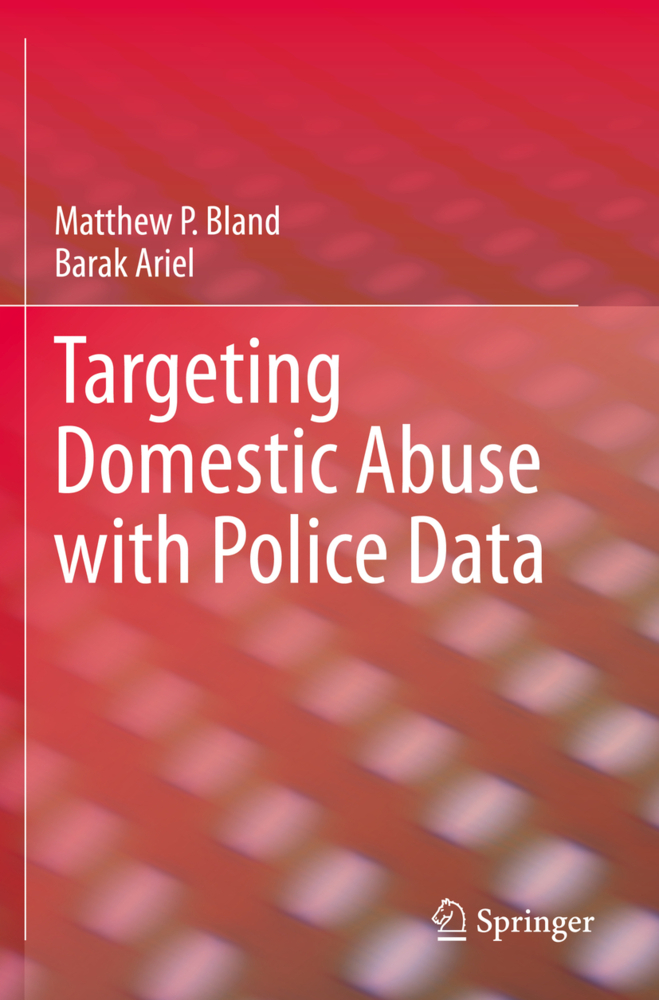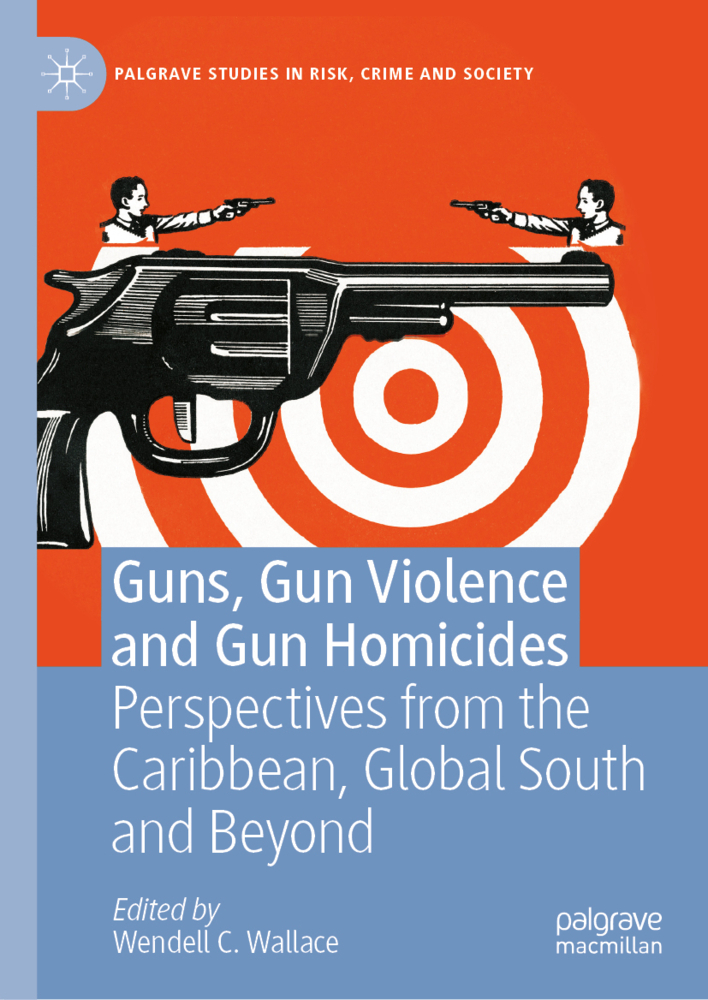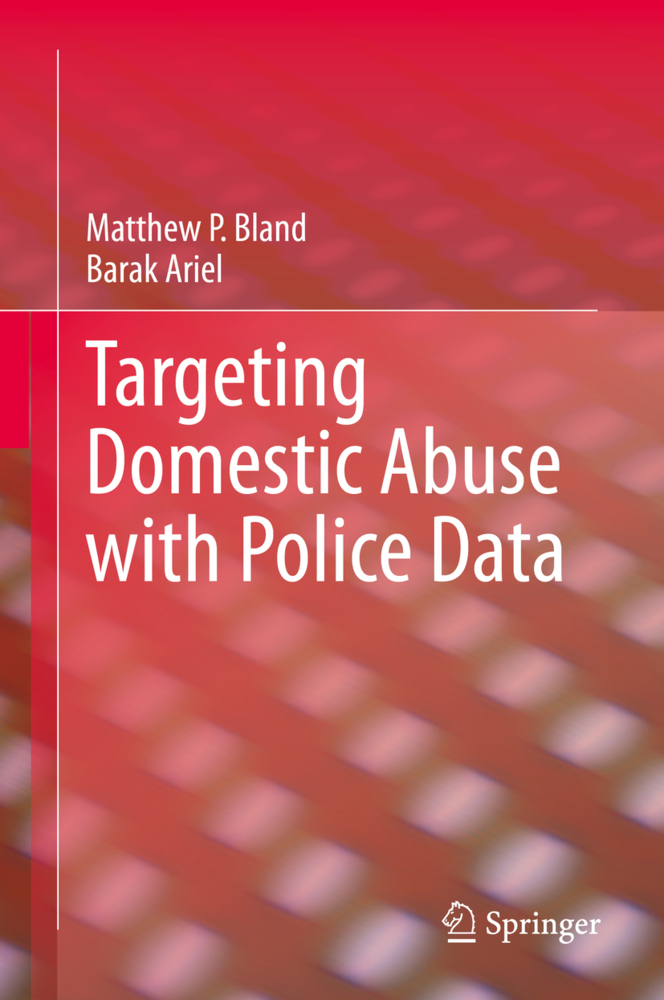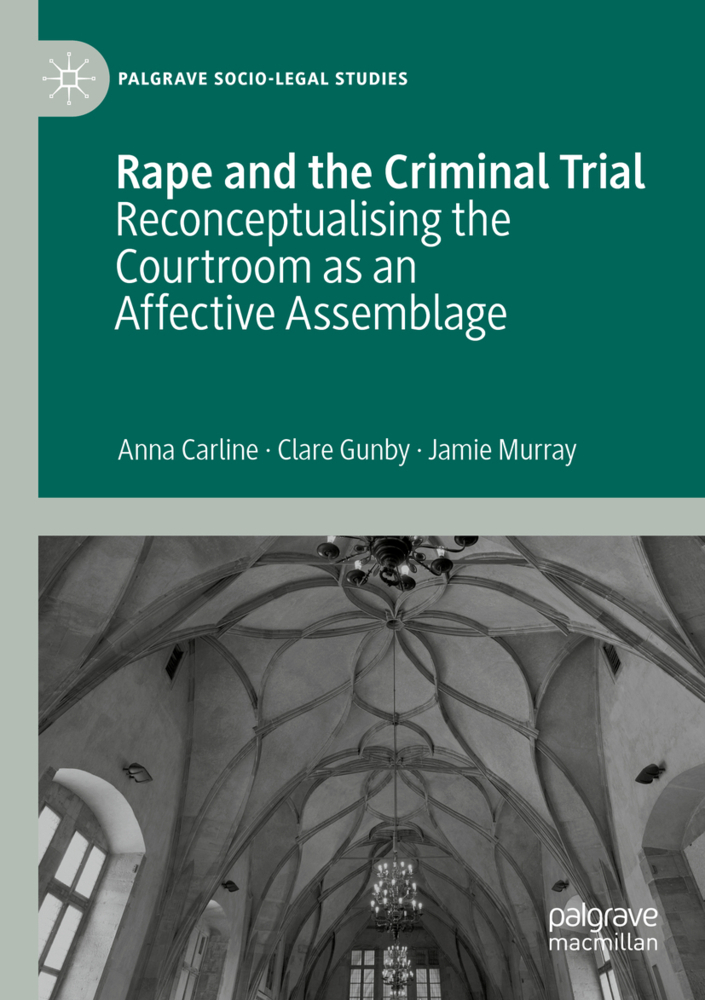Targeting Domestic Abuse with Police Data
Targeting Domestic Abuse with Police Data
This book explores the potential of domestic abuse data to assess the level of harm caused to victims and the amount of resources required to respond to it. Policing domestic abuse has become a major activity for the police service in England and Wales. Part of the police strategy is to gather hundreds of thousands of detailed records about victims and suspects - the single largest set of domestic abuse records available, but one that to date has largely unexplored by researchers. In this volume, Matthew Bland and Barak Ariel analyse three substantial datasets taken from police forces across the country and ask:
· Can police data be used to derive meaningful insight?
· How should we use these data to measure harm?
· Just how much domestic abuse involves a repeat victim?
· Does abuse get more serious over time?
· Can serious domestic abuse be predicted before it occurs?
This volume illustrates the scale of the challenge the police and other agencies face with reducing domestic abuse. A small proportion of individuals generate a majority of harm; this book argues that police records offer opportunities to identify these individuals before the harm occurs. Demonstrating that statistical techniques can be used to profile domestic abuse to target harm reduction strategies more precisely and even identify a sizable proportion of serious cases before they occur, this volume will be of interest to law enforcement officials, policing researchers, and policy makers interested in reducing the phenomenon of domestic abuse.
1. Introduction
2. A brief synopsis of domestic abuse in England and Wales3. Harm measurement
4. Targeting domestic abuse
5. Focus of the research
6. The results for practitioners
7. So what?
8. How the analysis is done
9. How methodologies might be adapted to future research
10. Conclusions.
| ISBN | 978-3-030-54845-2 |
|---|---|
| Artikelnummer | 9783030548452 |
| Medientyp | Buch |
| Copyrightjahr | 2021 |
| Verlag | Springer, Berlin |
| Umfang | XX, 180 Seiten |
| Abbildungen | XX, 180 p. 29 illus. |
| Sprache | Englisch |











